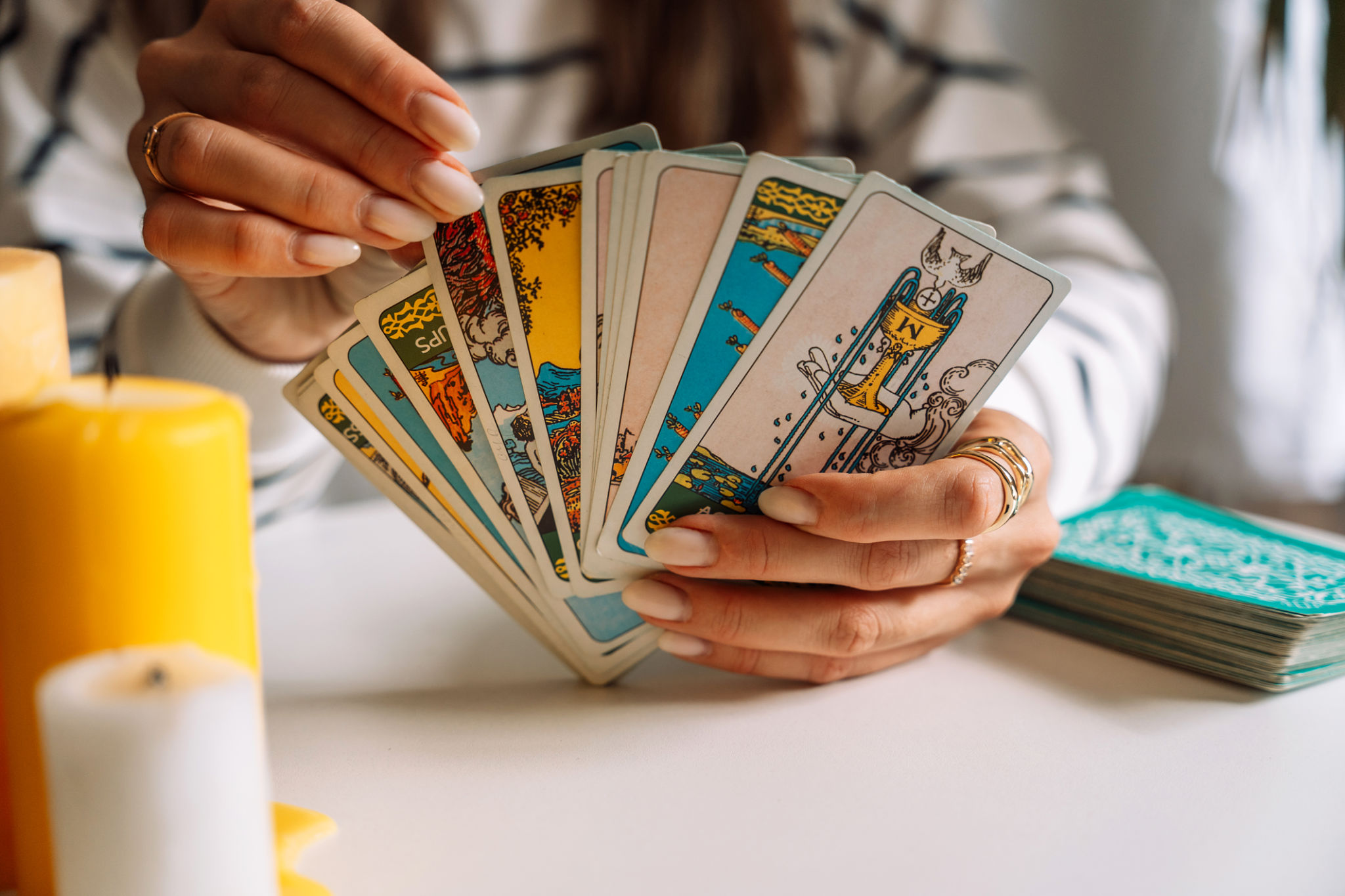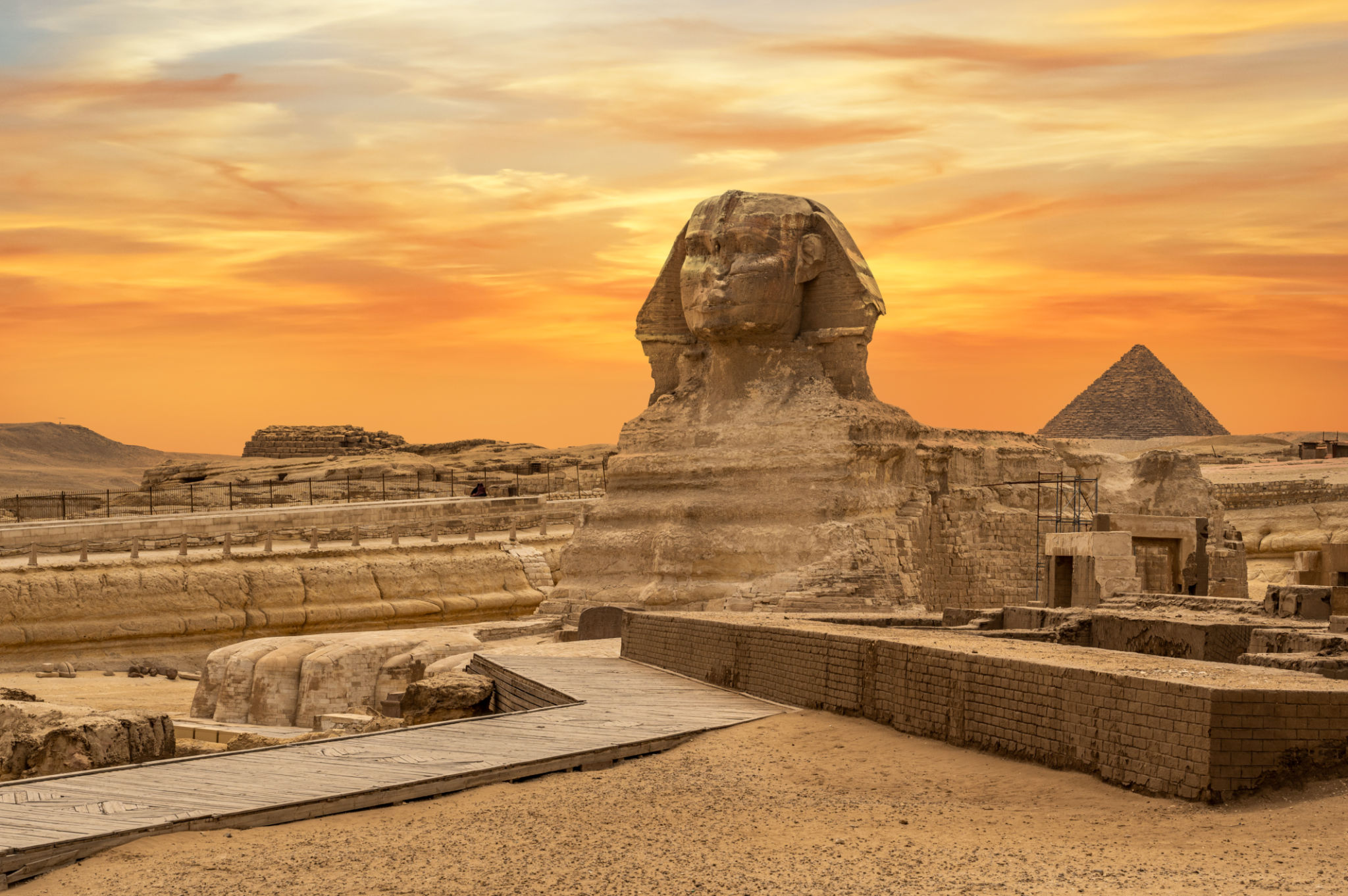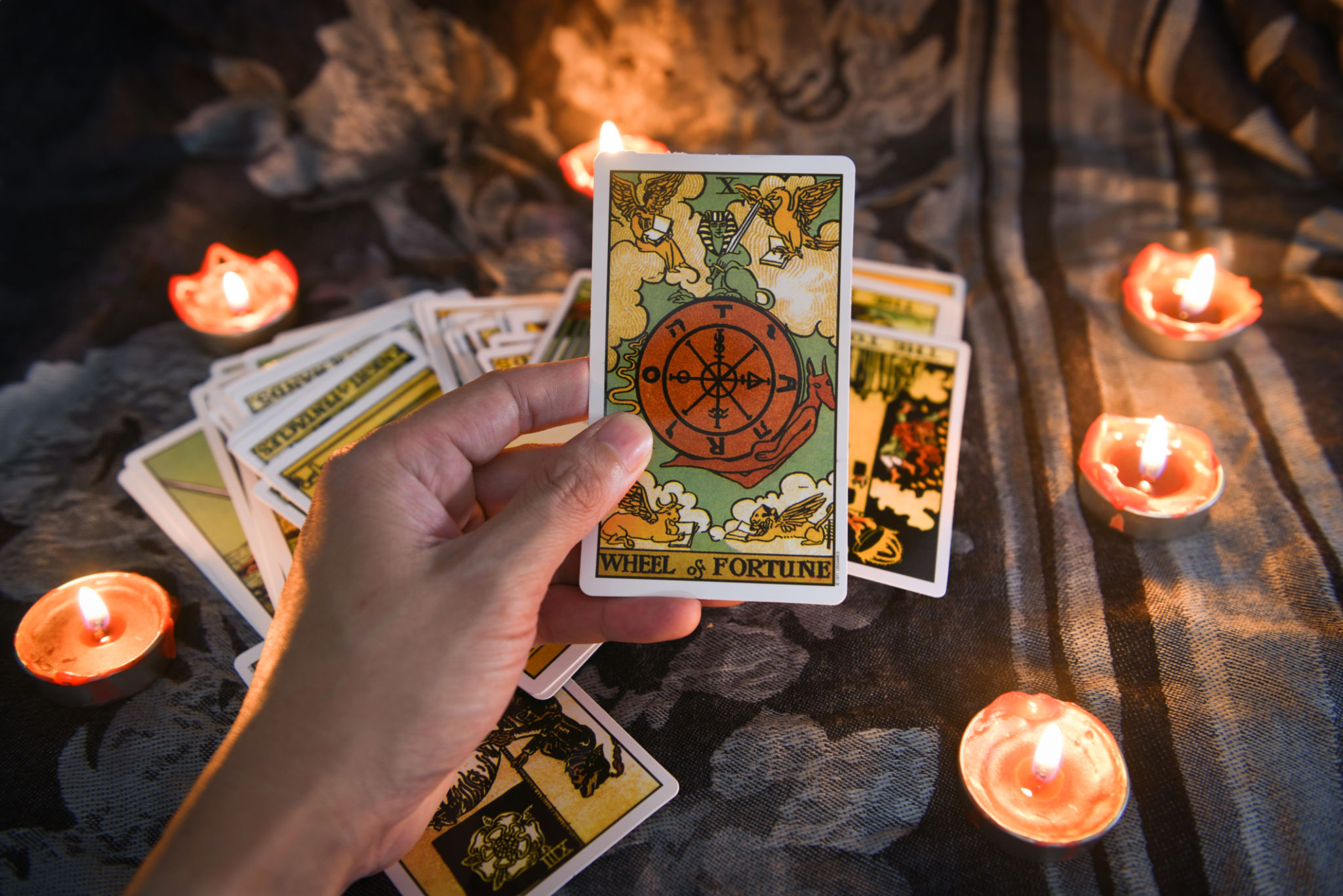A Deep Dive into the History of Tarot and Its Evolution
Introduction to Tarot
The enigmatic allure of tarot cards has fascinated people for centuries. Originally used as playing cards, tarot decks evolved into a tool for divination and self-reflection. The journey of tarot from a simple card game to a mystical practice is both intriguing and multifaceted.

The Origins of Tarot Cards
The earliest known tarot cards date back to the 15th century in Europe, particularly in Italy. These initial decks, known as "tarocchi," were used in a game similar to modern-day bridge. It wasn't until the 18th century that tarot began to take on esoteric significance, primarily through the efforts of French occultists who saw the cards as a means of unlocking hidden truths.
From Game to Mysticism
The transformation of tarot into a mystical tool was spearheaded by figures like Antoine Court de Gébelin, who argued that tarot cards were remnants of ancient Egyptian wisdom. This belief, although historically unfounded, sparked widespread interest and led to the association of tarot with the occult.

The Structure of the Tarot Deck
A standard tarot deck consists of 78 cards divided into two main groups: the Major Arcana and the Minor Arcana. The 22 Major Arcana cards represent significant life themes and archetypes, while the 56 Minor Arcana cards are divided into four suits, each reflecting more everyday concerns.
Major Arcana
The Major Arcana includes iconic cards such as The Fool, The Magician, and The High Priestess. These cards are often seen as representing powerful spiritual lessons or life-changing events.
- The Fool: A symbol of new beginnings and potential.
- The Magician: Represents resourcefulness and power.
- The High Priestess: Embodies intuition and mystery.

The Evolution of Tarot Art
Over the centuries, tarot art has evolved significantly. Early decks were hand-painted and richly decorated, reflecting the artistry of their time. Today, tarot decks come in a wide variety of styles, from traditional designs to modern and abstract interpretations, catering to diverse tastes and cultural backgrounds.
Modern Tarot Decks
The 20th century saw a resurgence in tarot's popularity, largely due to the Rider-Waite-Smith deck, which introduced imagery that has become standard in many contemporary decks. This period also saw the rise of feminist and LGBTQ+ themed decks that provide broader representation and inclusivity.

The Role of Tarot in Contemporary Society
Today, tarot is experiencing a renaissance as more people turn to it for guidance, reflection, and personal growth. The cards are often used in therapeutic settings, providing individuals with insights into their personal challenges and aspirations.
Whether viewed as a mystical tool or a psychological aid, tarot continues to captivate those seeking deeper understanding of themselves and the world around them. Its rich history and evolving interpretations demonstrate its enduring appeal across cultures and generations.